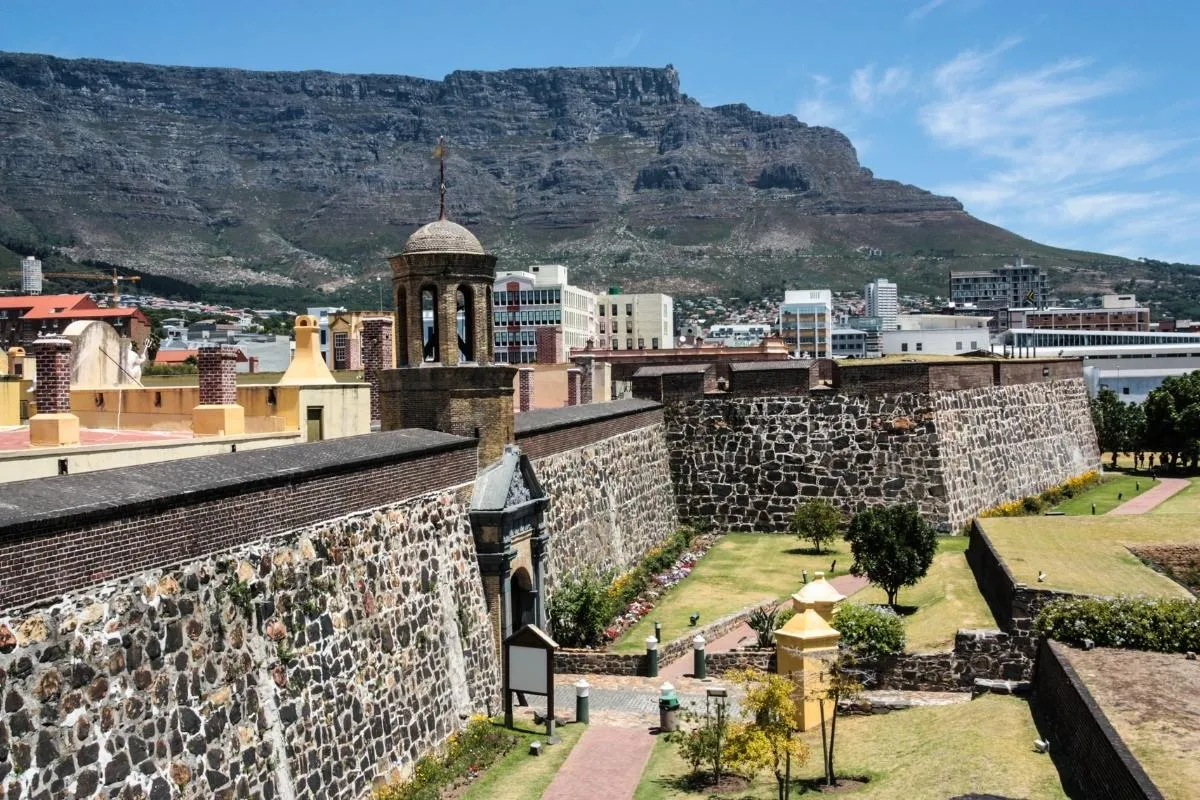
Historic Cape Town landmark undergoes major restoration
After years of neglect, one of Cape Town’s most renowned landmarks is undergoing extensive restoration to restore its status as a heritage icon.

The Castle of Good Hope has towered over Cape Town for centuries, reminding the city of its layered past.
The Dutch East India Company built the star-shaped fortress between 1666 and 1679, making it South Africa’s oldest surviving colonial building and a site where military history, cultural memory, and national identity intersect.
Now, restoration teams are carrying out long-awaited work to revive the landmark’s status as a premier heritage site.
Castle of Good Hope gets a revamp
Reports show that in recent years, the Castle has struggled to live up to its historic stature. Peeling paint, overgrown gardens, and outdated facilities left visitors questioning whether one of the country’s most iconic heritage sites was slipping into neglect.
Even the art gallery and restaurant, which were meant to showcase culture and hospitality, displayed signs of decay, including damp smells, cracked walls, and aging infrastructure.
Now, a state-backed restoration programme is actively working to return the Cape Town Castle to its former glory and make it a destination befitting its historic significance.
What’s being restored?
Castle of Good Hope CEO Calvyn Gilfellen detailed the upgrades already in motion:
- A new perimeter fence will replace the old boundary where the homeless once sheltered.
- Security cameras are being restored.
- Plumbing teams are repairing the ageing water lines.
- Roofs in the back courtyard have been waterproofed, with the rest scheduled soon.
- Broken window panes are being replaced alongside fresh coats of paint.
- Vegetation growth around the bastions has been cleared.
- The Castle of Good Hope’s signature yellow walls are next, with repairs planned for the cracked façade near the Kat Balcony.
Restoring a 369-year-old monument comes with its own complications, Gilfellen cautioned.
“Most of the work can only proceed when the wet weather is completely behind us,” Gilfellen said.
“And, being a 369-year-old building, normal, modern building techniques and protocols do not apply here – often leading to time lags and delays.” he added.
Still, he remains upbeat.
“However, I am happy that, given the massive development priorities and limited budgets, the state is serious about the preservation and conservation of this building.” Gilfellen also stated.
If the restoration delivers as promised, the Castle of Good Hope may once again stand not just as a relic of the past but as a living landmark for the future.
